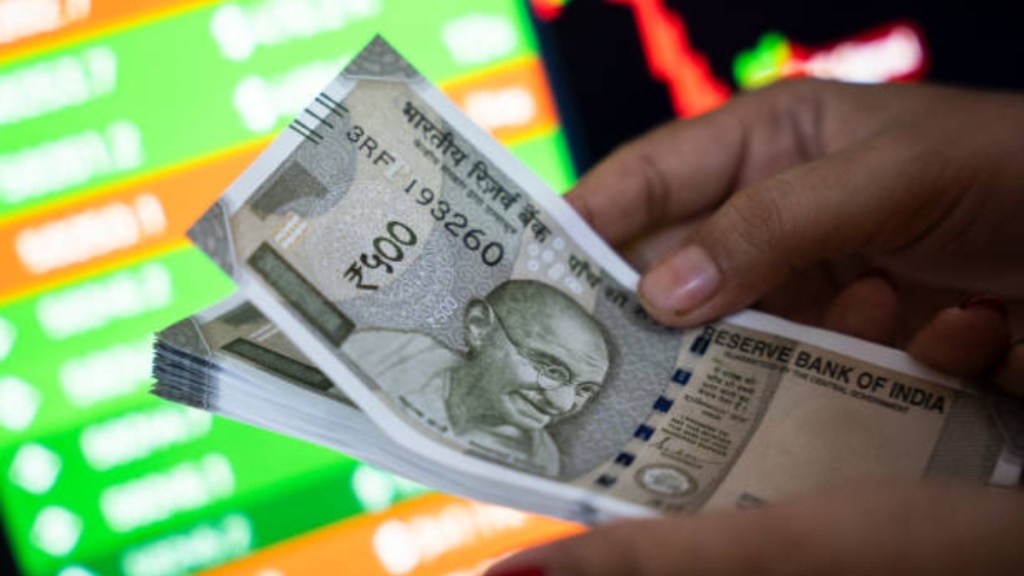By Jamal Mecklai
Boy, that was quick. The rupee had slipped from a wobbly 83+ before Trump’s election through 84 and accelerated through 85, and finally, on Monday morning, fell screaming through 86 to the dollar. The Trump dollar, with the DXY shooting for 110 and beyond, midwifed this process, as did the new RBI governor, who appears to have recognised that continuous intervention was simply burning up reserves and creating extremely difficult domestic liquidity conditions.
Obviously, the rapidly weaker rupee is going to fan inflation, particularly as, in general, oil imports are not hedged forward; again, other commodities, like edible oils are hedged, if at all, only to the next shipment. We can wave goodbye to any interest rate cuts in the near term and brace ourselves for continuing high prices.
Exporters are, of course, sitting pretty, since many of them — even those with well-defined structured risk management programmes — backed away from hedging over the past few months. However, it is likely that seeing the sharp decline in the currency, some of them may have to contend with price reduction demands from their customers.
Clearly, the market has taken charge sensing structural weakness in RBI’s policies, so the first order of business is for the RBI to find a way to communicate to the market that it is back in charge. More and indiscriminate intervention is not the answer – it may lie in a combination of approaches, including launching another high-yield NRI deposit/bond programme.
The real lesson for the RBI is that Indian markets are now sufficiently open to where trying to control/manage them will increasingly be a losing proposition. It is better to actually take positive steps to further deregulate – for instance, reversing the futile and counterproductive ban on exchange-traded derivatives – and to encourage users to build and develop more effective risk management skills. Thus, size constraints on derivatives should be reviewed and importantly, bank audits should be redesigned to ensure that banks are not charging excessive spreads to small companies, who are ultimately an important strand in the lifeblood of the economy.
But, I guess the burning question is where do we go from here, and, as I headlined this piece, will we ever see 85 again? My guess is we will, but…
The key upcoming nodal point in January 20, when Trump comes into office and we (and the market) will see how much of his “on my first day…” pompousness translates into real action. It is likely that the dollar rally will at least pause – my sense is the dollar is pretty close to a top, but whether it will tumble or simply dance in the rarefied air above DXY 110 is anybody’s guess.
However, with US bond yields steadily edging higher and equities showing signs of a serious correction, it is likely that risk-taking will be severely constrained. This suggests that the pressure on the rupee from outflows will remain and it will take all of RBI’s resourcefulness to bring some balance into the market.
Globally, many analysts are extremely worried about Trump’s tariff plans, even though he has stopped braying loudly about them. However, news today that China recorded an extraordinary record trade surplus of nearly $ 1 trillion will surely bring this back into focus, particularly as it is clear that Trump would like a weak(er) dollar.
An interesting proposal is making the rounds suggesting that rather than a Plaza Accord-type plan, which is unlikely to come even close to taking off given that it would require several central banks to work together in the current non-cooperative environment, perhaps the US and China could work together to weaken the dollar specifically against the renminbi. Strange bedfellows, but given Trump’s transactional approach, anything could fly.
A stronger renminbi would make things easier for India, but while this sort of rapprochement would be wonderful, I wouldn’t hold my breath for it. Again, the only certainty is that volatility is certain to rise. Hold on tight.
The author is CEO, Mecklai Financial
Disclaimer: Views expressed are personal and do not reflect the official position or policy of FinancialExpress.com Reproducing this content without permission is prohibited.

